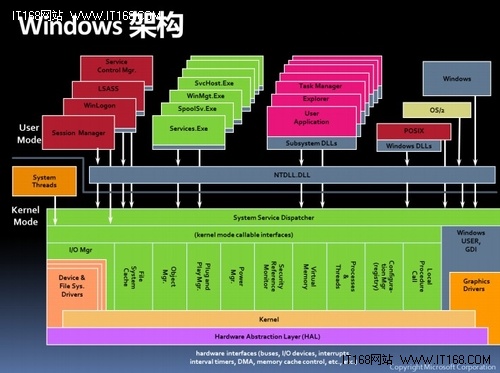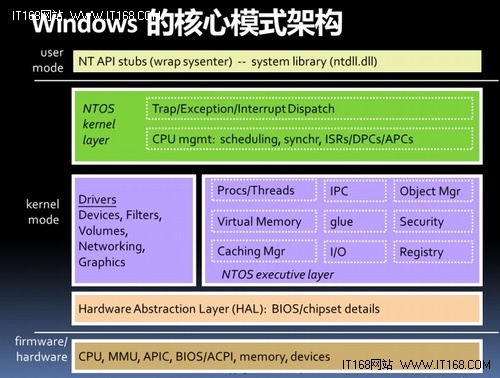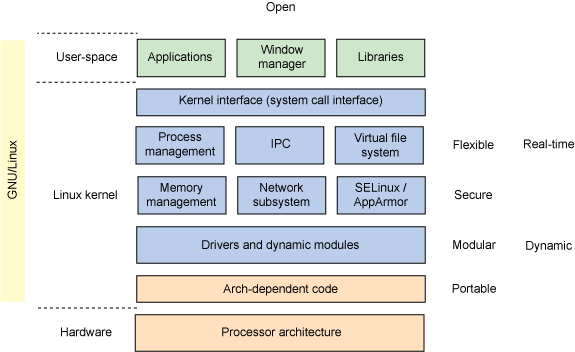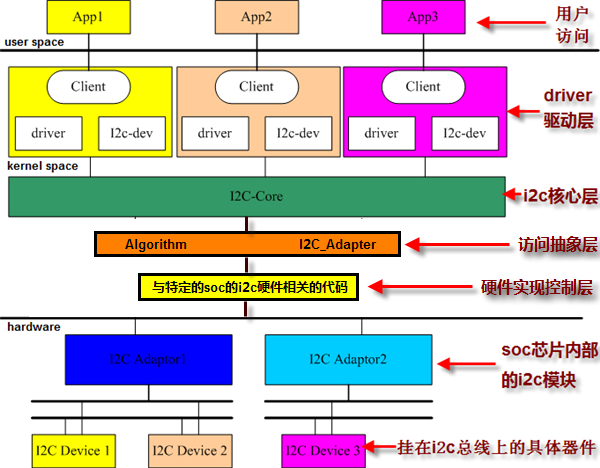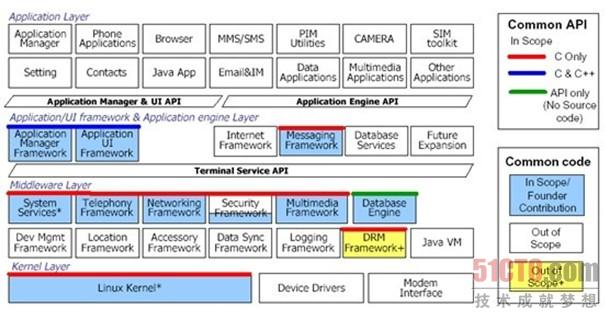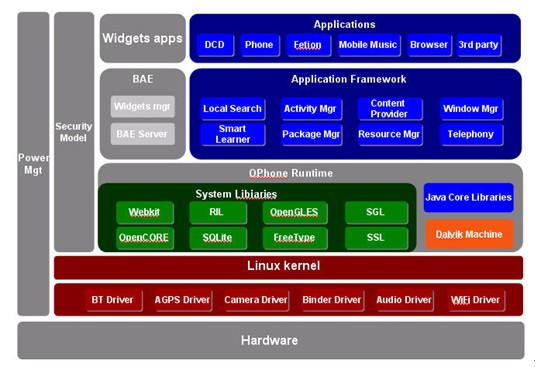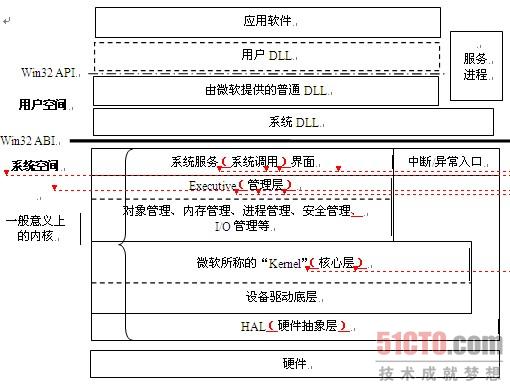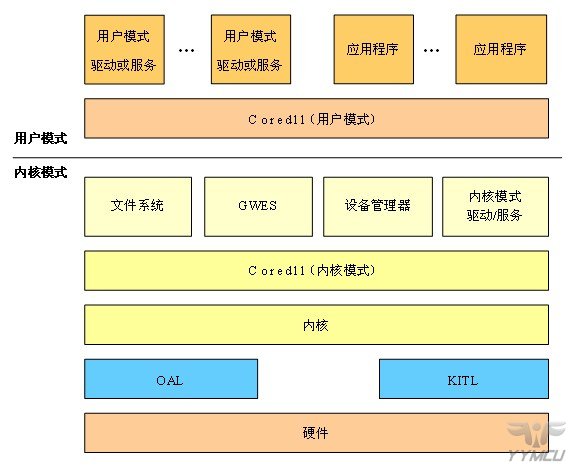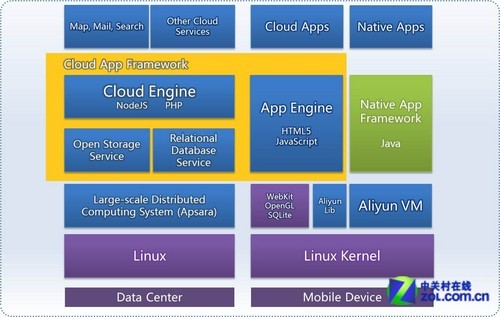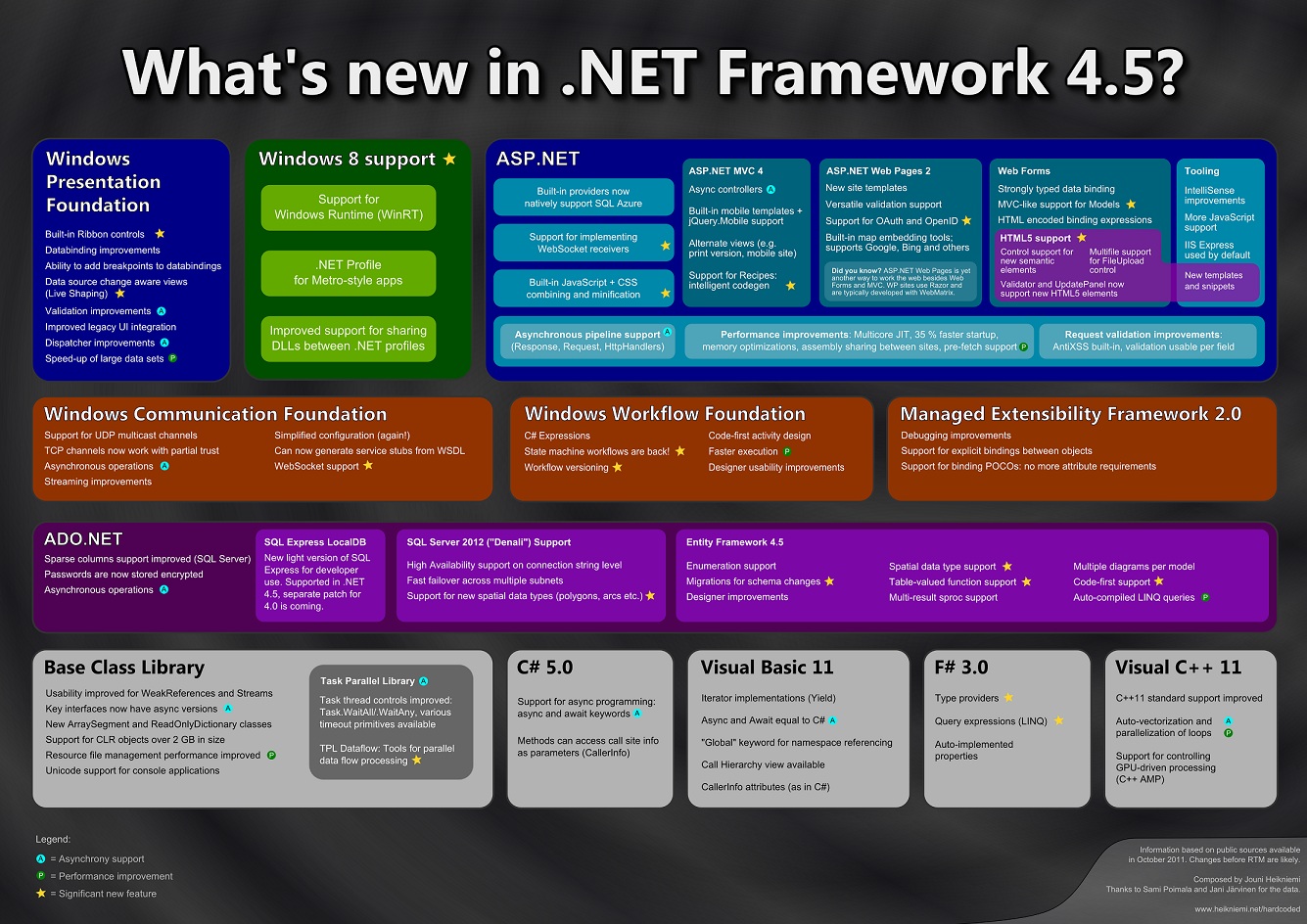No one can do all things, learn to be good at use what others already did.
- Most computers have two modes of operation: kernel mode and user mode. The OS is the most fundamental piece of software and runs in kermel mode(also called usperivosr mode). In this mode, OS has complete access to all the hardware and can execute any instruction th machine is capable of exectuing.
- The rest of the software runs in user mode, in which only a subset of machine instructions are available. In particular, those instructions that affect control of machine or do I/O are forbidden to user-mode program.
- The user interface program, shell or GUI(Launcher or home screen or destop), is the lowest level of user-mode program, and is used to allow uer to start other programs which make heavy use of the OS.
- OS perform two basically unrelated functions:providing application programmer a clean abstract set of resources instead of the messy hardware ones and managing and managing these hardware resource.
- Every hardware device has its controler chip, which has some command registers and data registers and status registers. What we shall do is to use machine instructions to operate these device registers with defined-well address(MMP) for reading and writing.
- Abstraction is the key to managing complexity and one of the keys to understanding OS.
- The job of the OS is to create/define good abstractions and then implement and manage the abstract objects thus created.
- One of the major tasks of the OS is to hide the hardware and present programs with nice,clean, elegant, consistent, abstractions wo work with instead.
- Top-down view, Bottom-Up view.
- The CPU and memory are not the only resource that the OS must manage. I/O devices also interact heavily with the OS.
- I/O devices generally consist of two parts: a controller and the device itself. The controller is a chip or a set of chips that physically controls the device.It accepts commands from the the OS, intialize the control regitser to set working way and read data from data register or write data to data registers.
- The softeware that talks to a controller, giving it commands and accepting responses, is called a device driver.
- Every device controller has a small number of registers that are used to communicate with it.
- The collection of all the device registers forms the I/O port space, mapping to the specific memory via MMU
- The device registers are mapped into the OS's address space, so they can be read and written like ordinary memory words, another way to interact with device registers is using special CPU instructions for I/O operation with defined port address.
- OS normally use interrupt mechanism to interact with device driver via special interrupter controller connected to CPU.
- The CPU talks to the PCI bridge chip over the local bus, and the PCI bridge chip talks to the memor over a dedicated memory bus.
- Before plug and play, each I/O card had a fixed interrupt request level and fixed address for its I/O registers.
- What plug and play does is have the system automatcially collect information about the I/O devices, centrally assign interrupt levels and I/O address, and then tell each card what its numbers are.
- Window CE Driver Model:
- Device Name: XXX_Init(), XXX_DeInit(), XXX_PowerDown(), XXX_PowerUp(),XXX_IOControl, XXX_Open(),XXX_Close(),XXX_Seek(),XXX_Read(), XXX_Write()
- Use a class to define the detailed implementation
- Create a class object (pointer) which is returned as Handle
- Convert Handle into pointer to object, then call method of class
- Create thread and event to handle interrupt, in thread there is a for(;;) loop with WaitForSingleObject() to wait for interrupt event, after done call InterruptDone()
- Register Interrupt handler which just signal a event.
- Initialization method within class to access device's control registers, do some configuration, including interrupt handler
- In thread, when interrupt event is coming, it will read data from or write data into device's data registers.
- Write Driver Information to registry and project.blb
- Process And Thread
- The most central concept in any OS is the process: an abstraction of a running program.
- There are four principal events that cause processes to be created.
- When an OS is booted, typically serveral processes are created.Some of these are foreground processes, interacting with users and perform work for them. Others are background processes with some specific function(such as Web Server).
- The fork system call creats an exact clone of the calling process.After the fork, the two processes, the parent and child, have the same memory image, the same environment strings, and the same open files.
- Some of the process run programs that carry out commands typed in by a user; other processes are part of the system and handle tasks such as carrying out requests for file services or managing the details of running a disk or a tape drive.
- When a disk interrupt occurs, the system makes a decision to stop running the current process and run the disk process which was blocked waiting for that interrupt.
- Instead of thinking about interrupts, we can think about user processes, disk processes, termianl processes, and so on, which block when they are waiting for something to happen.
- Here the lowest level of the operating system is the scheduler, with a variety of processes on top of it.All the interrupt handling and details of actually starting and stopping processes are hidden away in what here called the scheduler, which is actually not much code.
- The rest of the OS is nicely structured in process form.
- To implement the process model, the OS maintains a table(an array of structures or a list of structures),called the process table, with one entry per process. Or it can be called process control block.
- Process Table includes: process state, PC, SP, Memory allocation, the status of its open files, its accounting and scheduling information, and everything else about the process that must be saved when the process is switched from running to ready or blocked state so that it can ben restarted later as if it had never been stopped.
- Associated with each I/O class is a location (typically at a fixed location near the bottom of memory) called the interrupt vector. It contains the address of the interrupt service procedure.
- When interrupt come in, the interrupt service handler will run, and at the same time, before running the interrupt hardware will push current process's information into stack.
- Skeleton designed when an interrupt occurs:
- Hardware stacks program counter(PC), etc;
- Hardware loads new program ounter(PC) from interrupt vector;
- Assembly language procedure saves registers;
- Assembly language procedure sets up new stack;
- C interrupt service runs(typically reads and buffers input);
- Scheduler decides which process is to run next;
- C procedure retursn to the assemly code;
- Assemly language procedure starts up new current process
- ddd
- dd

